The British Touring Car Championship is famed for its thrilling, close-fought action – a spectacle it has been providing for an impressive seven decades.
Britain’s first proper touring car race occurred in 1952. The British Racing Drivers’ Club had previously held a catch-all ‘production car race’ at its annual International Trophy meeting at Silverstone, but this time it decided to run two separate races for sports cars and touring cars.
Autocar’s sports editor, John Cooper (not that one), explained: “No better way of assessing the relative performance capabilities of cars of any sort can be imagined than the straightforward one of racing them one against the other.
“Certain modifications are permitted, partly in the interests of safety and partly to render the task of the car’s tuning and preparation somewhat easier than would otherwise be the case, but in all the essential features these cars are the same as those which are described in the catalogues, and which we could buy if they were not in short supply and if we had enough money.”
Such racing predictably proved popular with British car makers, and the public loved it too. Hence it became a regular feature at Britain’s multi-race club meetings.The obvious next step was to create a championship, and it was the secretary of the British Racing and Sports Car Club, Ken Gregory, who made it happen.
His plan was to run the British Saloon Car Championship on the same ticket as sports car and junior single-seater races. The premise remained as our man had described in 1952, and to balance the varying performance levels, cars would be divided into four classes – meaning a 0.9-litre Austin A35 had the same chance of glory as a 4.0-litre Jensen 541, even though they would never dice with one another on track.
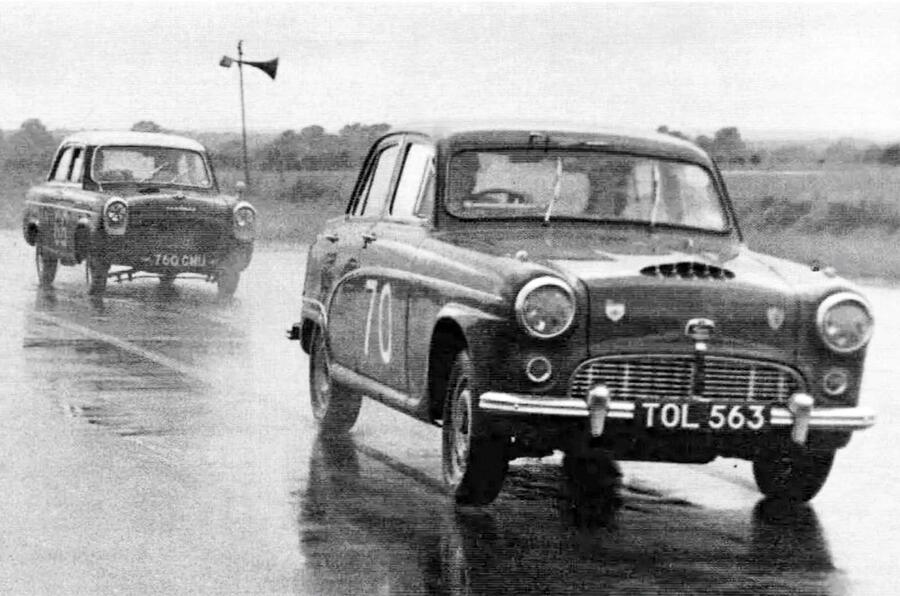

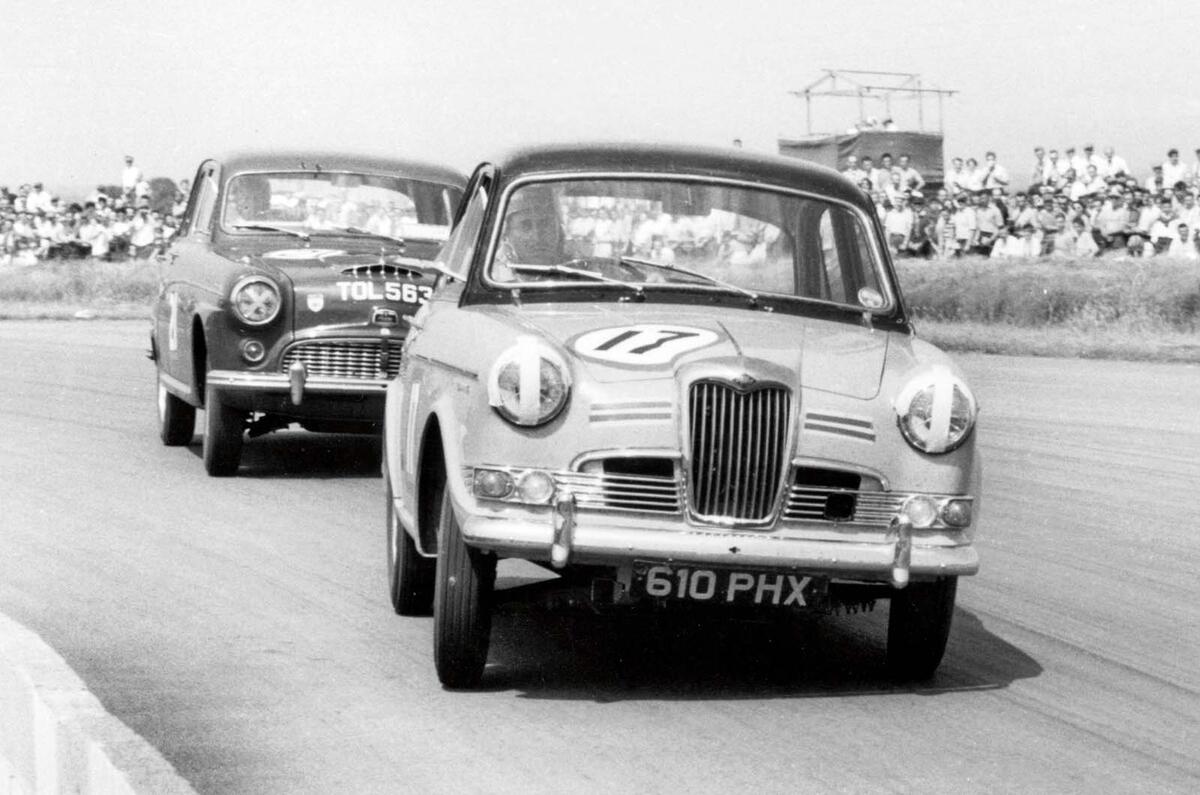
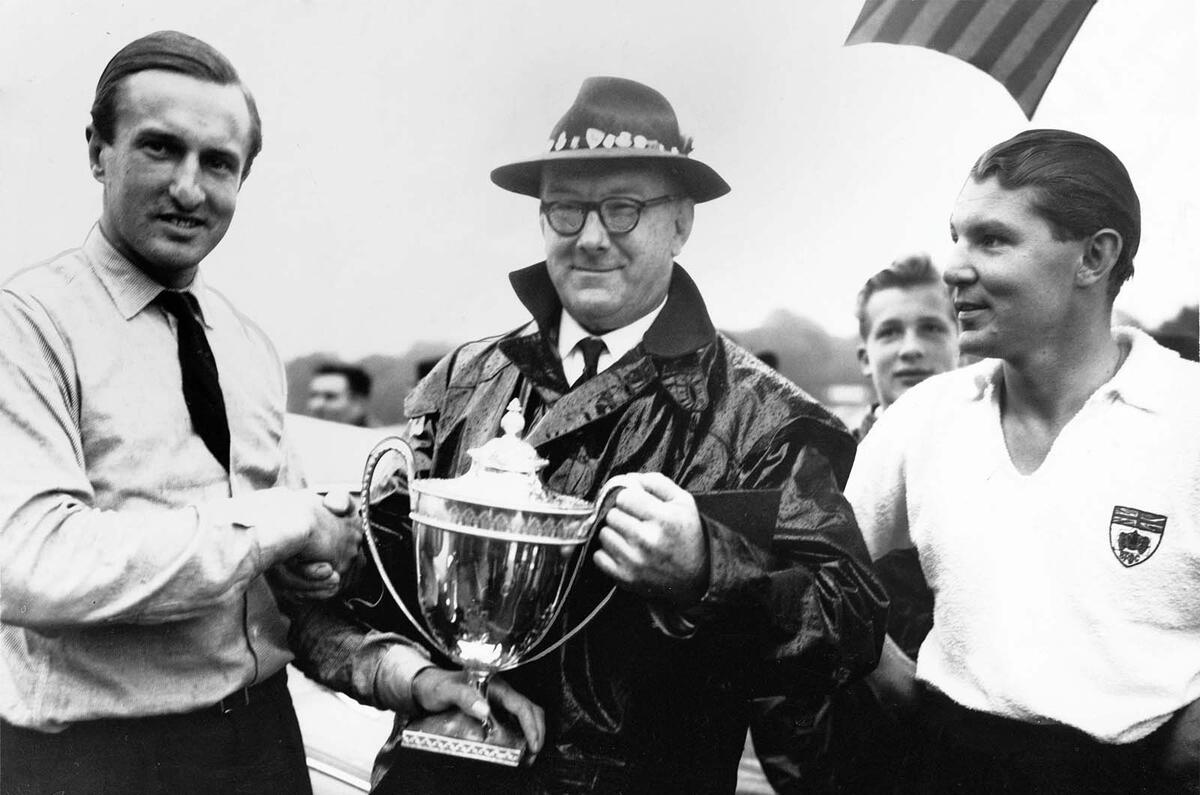

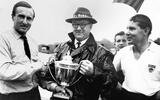

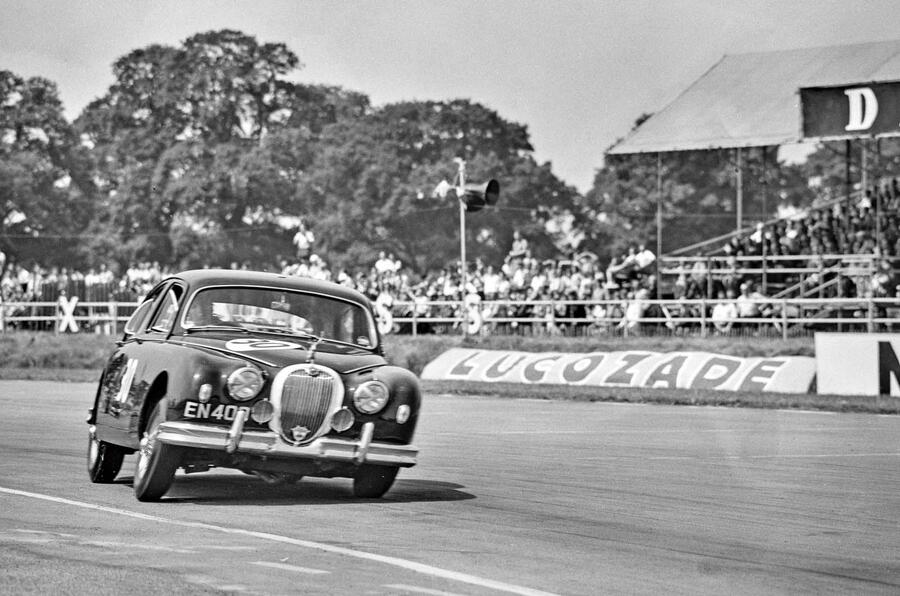


Join the debate
Add your comment
I just came across this amazing way to earn $6,000-$8,000 a month online! iil No selling, no struggle—just a simple system that anyone can follow. Kelly Richards did it, and so can you! Don't miss out on this life-changing opportunity.
Follow Here ....... Work44.com
I just came across this amazing way to earn $6,000-$8,000 a month online! No selling, no struggle—just a simple system that anyone can follow. Kelly Richards did it, and so can you! Don't miss out on this life-changing opportunity.
Follow Here ....... Work44.com